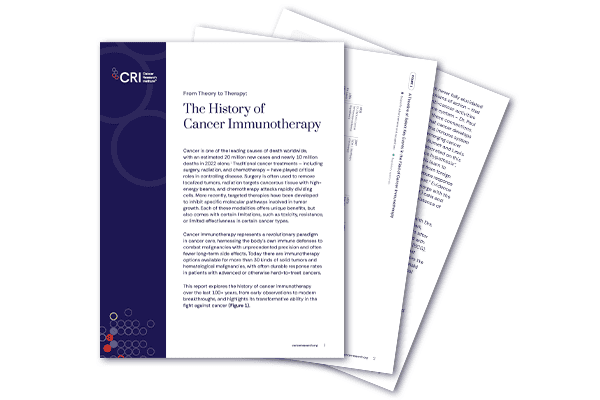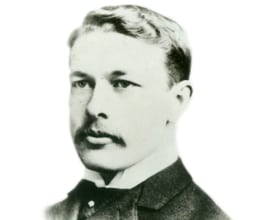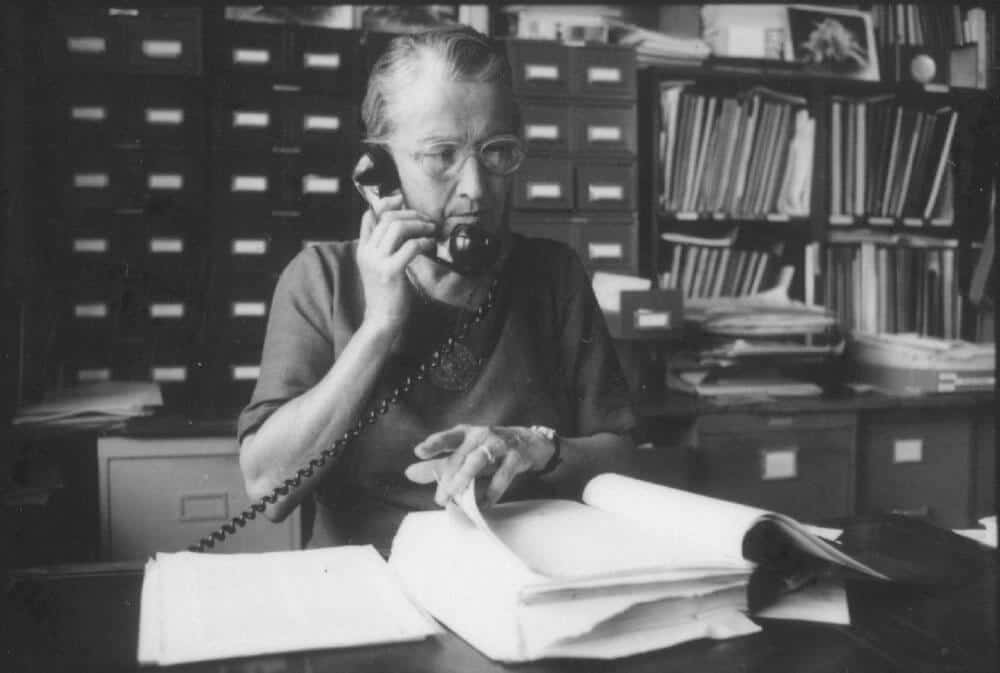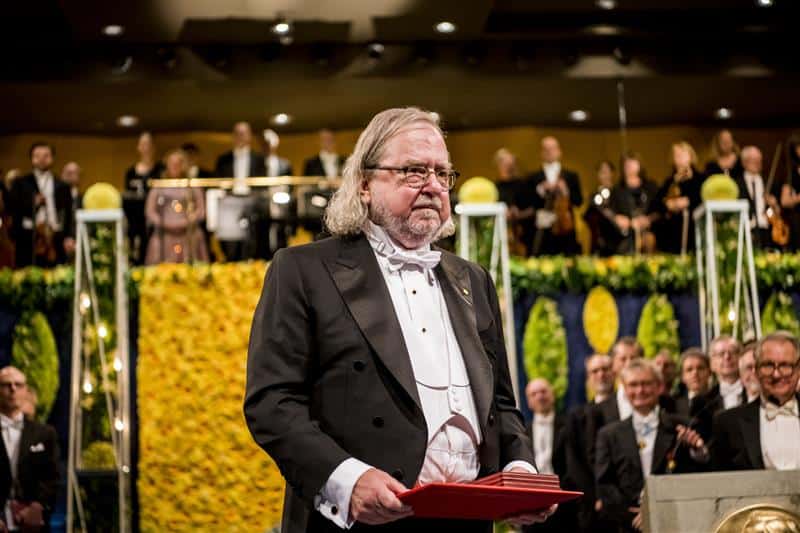Cancer immunotherapy didn’t just emerge—it was built, brick by brick—by pioneers who believed the immune system could conquer cancer when few others did. No organization has done more to drive that vision forward than the Cancer Research Institute (CRI).
For more than 70 years, CRI has been at the center of this story—funding breakthrough discoveries, backing bold scientists, and keeping alive the idea that immune-based treatments could transform cancer care.

CRI’s History of Cancer Immunotherapy timeline traces the long road from early experiments to today’s standard-of-care therapies.
Here, we explore that journey through some of its defining moments—and CRI’s role in making them possible.
1891 – Coley’s Bold Experiment Sparks Immunotherapy
In 1891, New York surgeon, Dr. William B. Coley, tried something radical. After noticing that some cancer patients went into remission following bacterial infections, he began injecting live bacteria directly into tumors.
Though results ranged from remission to failure, his “Coley’s toxins” ignited debate and marked the earliest attempt to harness the immune system against cancer. While Dr. Coley’s approach would not align with today’s standards of safety or consent, his work introduced a radical idea: that the immune system itself could fight cancer.


1953 – Building a Movement: CRI is Born
Six decades later, Coley’s once-radical idea was revived and advanced by his daughter, Helen Coley Nauts. She partnered with philanthropist Oliver R. Grace Sr. to create the CRI in 1953.
Their resources were modest—just $2,000 in seed funding—, but their ambition was not. CRI was the first nonprofit dedicated entirely to advancing immunotherapy, a field that most mainstream oncology had largely dismissed. In many ways, this was the turning point that ensured immunotherapy research wouldn’t fade into obscurity.
Cracking the Code: Cells, Signals, and Checkpoints
From the 1950s through the 1990s, progress came in incremental but essential steps. The CRI history outlines discoveries that mapped the immune system’s inner workings: interferons, dendritic cells, natural killer (NK) cells, and the structural makeup of the T-cell receptor. These weren’t cures, but they were the building blocks of understanding how immune cells recognize and respond to threats.
By the late 20th century, the big breakthrough came: immune checkpoints. Scientists discovered molecules like CTLA-4 and PD-1, which essentially act as “brakes” to keep the immune system from attacking healthy cells. Unfortunately, cancer had learned how to utilize these checkpoints to hide from attack. Unlocking this mechanism was like finding the immune system’s master switch.
2018 – Recognition at Last: A Nobel Moment
Checkpoint science moved from theory to clinic in the 2000s, and by 2011, the first checkpoint inhibitor—ipilimumab, targeting CTLA-4—earned FDA approval. This was followed by PD-1/PD-L1 therapies that delivered long-lasting remissions for patients with advanced cancers once thought untreatable.

The field finally received its global validation in 2018, when CRI’s Scientific Advisory Council Director, Dr. James P. Allison, along with Dr. Tasuku Honjo, received the Nobel Prize in Medicine for their discoveries of CTLA-4 and PD-1.
It was more than a scientific award—it was a signal to the world that immunotherapy had arrived as a legitimate, frontline approach to treating cancer.
Today: Durable Precision, Real Hope
In 2025, immunotherapy is not a fringe option; it’s a standard of care. More than 30 different cancers are now treated with immune-based therapies. Patients with melanoma, lung cancer, kidney cancer, and many other cancers have seen long-lasting, sometimes complete responses. Unlike traditional treatments, which often lose effectiveness once therapy stops, immunotherapy can endure—because the immune system remembers. When properly trained, it can adapt, evolve, and continue fighting cancer even years later.
This durability is what makes immunotherapy different. These advances are not the end of the story—they’re the foundation for what’s next. New strategies are in development every day: personalized vaccines, smarter CAR T-cell therapies, and combination approaches that make treatments even more precise and effective.
Why This Story Matters
The story of cancer immunotherapy is not just about science—it’s about persistence. It’s about a surgeon willing to take risks in the 1890s. A daughter who refused to let her father’s vision die in the 1950s. Decades of bold and determined researchers chasing small insights into cells and signals. And a global community that finally witnessed the payoff in therapies saving lives today.
CRI’s History of Cancer Immunotherapy timeline reminds us that progress doesn’t come in straight lines. It comes through bold ideas, stubborn belief, and a willingness to keep pushing when others say it can’t be done.
From Coley’s toxins to Nobel-winning checkpoints, immunotherapy is proof that the immune system was always capable of being cancer’s greatest adversary. With CRI continuing to drive this work forward, the next breakthroughs are already on the horizon.
